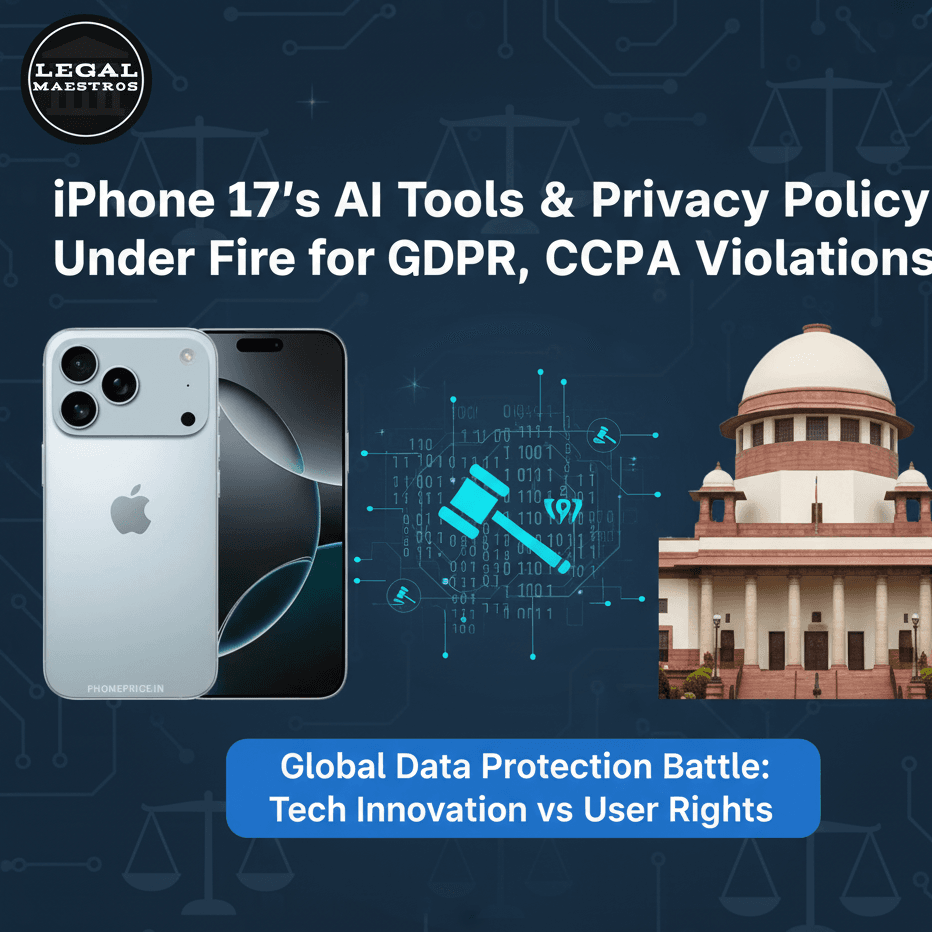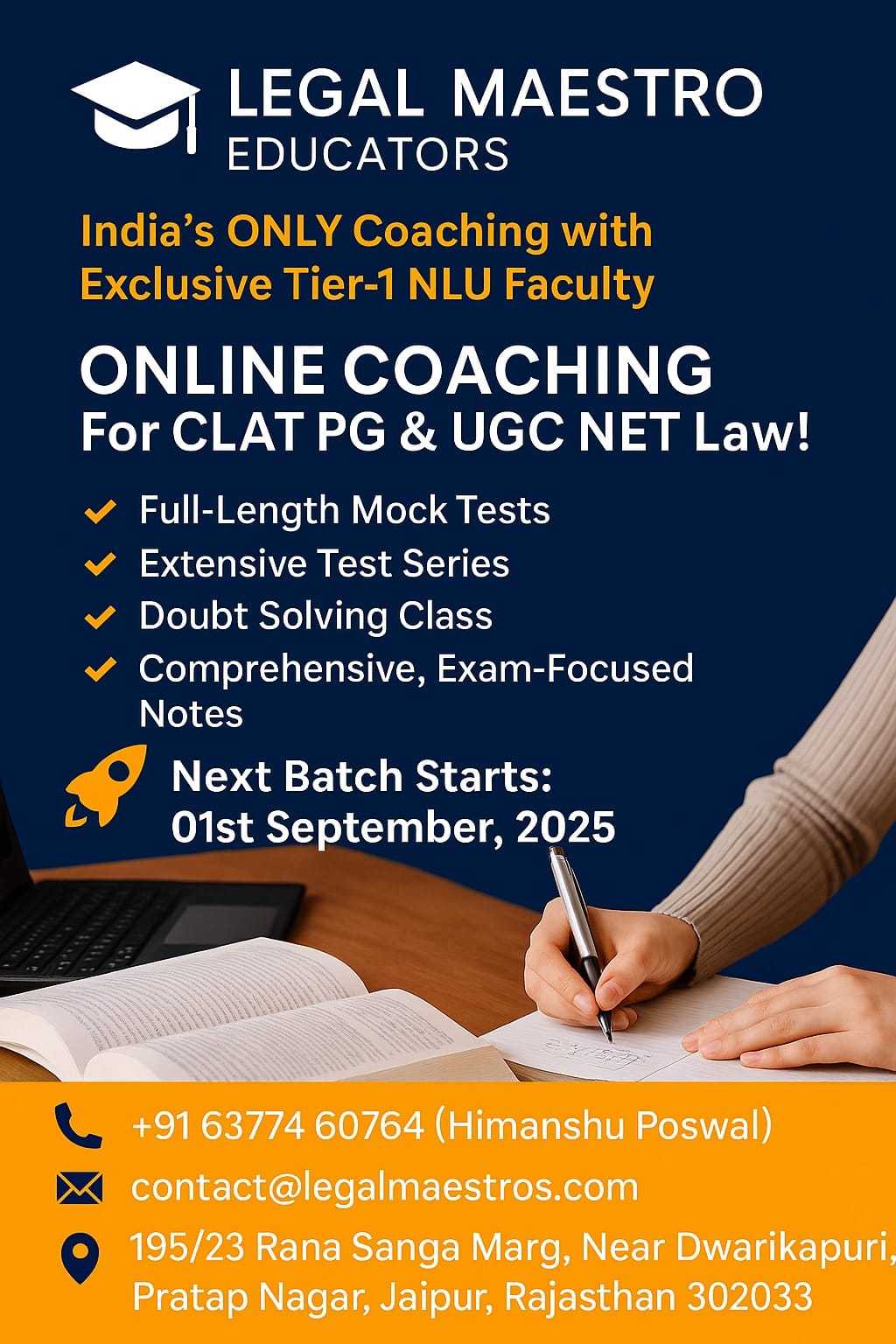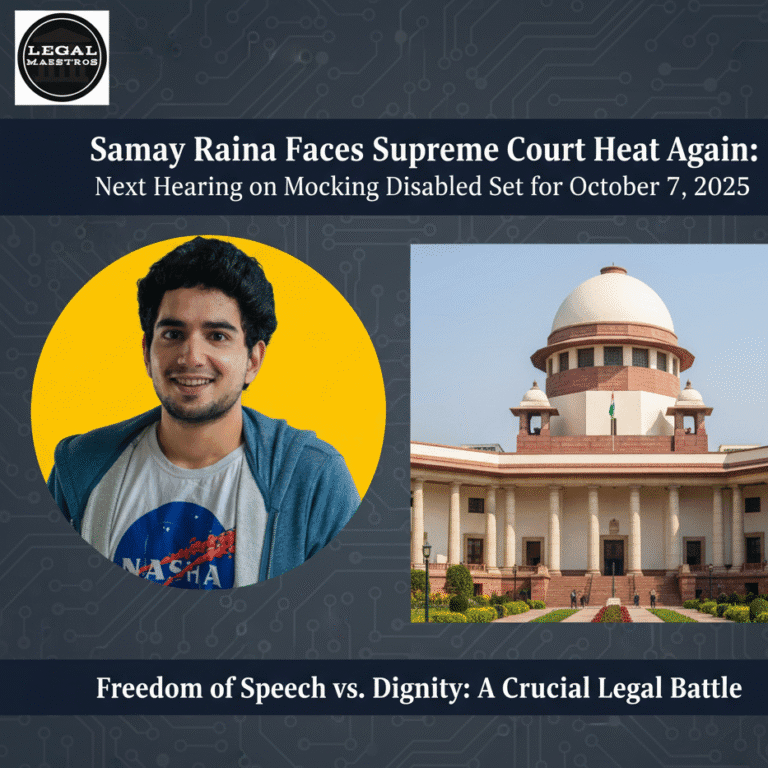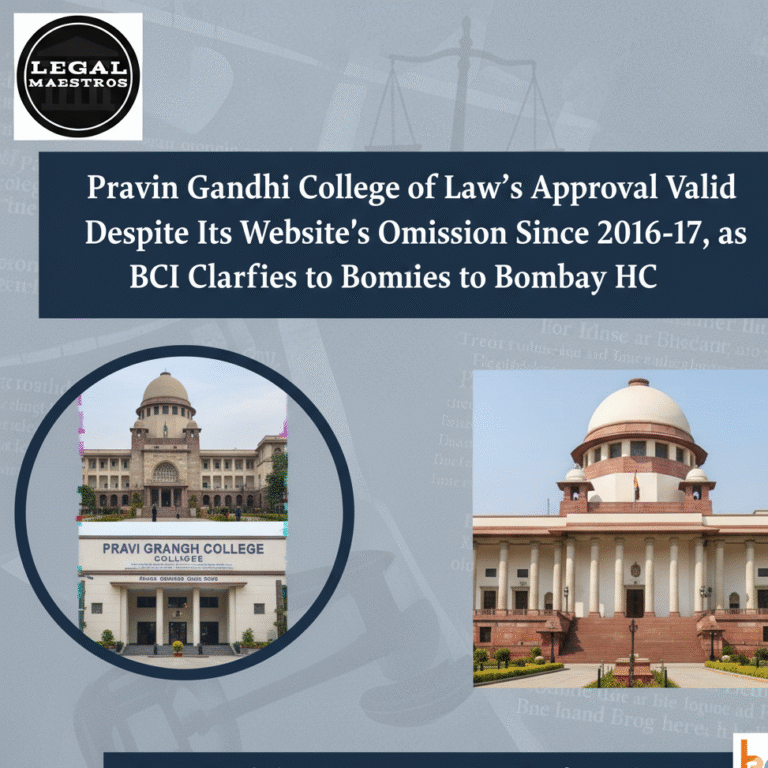
iPhone 17’s AI Tools & Privacy Policy Under Fire for GDPR, CCPA Violations
Apple’s AI Ambitions and the Privacy Paradox
The highlighted introduction of new and powerful artificial intelligence tools in the recent iPhone, known as the Apple Intelligence has received both enthusiasm and criticisms. Although these features are bound to transform the user experience, both with advanced text summarization to image generation on the fly, they also subject Apple long-established privacy-focused reputation to the ultimate test.
The primary question to the consumers, regulators, and privacy activists is whether the new AI abilities that demand the availability of a large amount of personal information are compatible with a policy that is said to safeguard the privacy of the individual person. The discussion is especially hot when considering such significant data protection regulations as the GDPR in Europe and the CCPA in California.
The Privacy Cornerstone: On-Device Processing
A major retaliation made by Apple against privacy concerns is that it relies on on-board processing. This will enable one to store their personal information on the iPhone, iPad, or Mac so that no data is transferred off the device to be processed on the cloud.
Writing a summary of a lengthy email or drawing a picture using a sketch are some of the functions done by the advanced Neural Engine of the A19 Bionic chip. In so doing, Apple will be able to provide the AI with the personal context of a user, like their event calendar or the applications they use the most often but will not store this information on its servers, thus respecting its stringent privacy standards.
This is built on-device approach, which forms the basis of the Apple pitch to a privacy-conscious audience. It implies that sensitive data, like a photo library of a user or health information, is processed on a local level, with Apple not having access to or knowledge of the raw material. The idea behind this model of decentralized AI processing is to deliver a highly powerful user experience and minimize the risk of a data breach significantly. The company has publicly claimed that such a strategy is the baseline of the new AI endeavors, which is unlike its competitors who regularly depend on huge, centralized data centres on the cloud.
The Cloud Conundrum: Private Cloud Compute
On-device processing can be used to solve many AI tasks, but in more complex requests, more computing power is needed. In such cases, Apple has proposed a system which is known as the Private Cloud Compute (PCC). This system spreads the privacy and security of iphone into the cloud through processing data on Apple designed silicon servers.
The information transmitted to these servers to be processed according to Apple is stateless, i.e. it is utilised to respond to a particular request, and is deleted immediately. The firm stresses that it cannot access the information being transferred to the PCC servers even its own employees and has released the server software to independent security researchers to review its privacy assertions.
The adoption of the Private Cloud Compute is a fundamental element of the privacy strategy of Apple. It is put in a way that it avoids difficult times of offering powerful AI functions at the expense of the main privacy principles. Temporary data usage and a special security architecture can help Apple demonstrate that the company can embrace the power of the cloud without jeopardizing user trust. Their response to the question on how to scale AI without a centralized data collection model is this system, which they have always criticized in their rivals.
Legal Scrutiny and Public Pushback
Although Apple has a well-developed privacy framework, new AI-related efforts of the company have not passed by with uncontroversies. Prior to the formal launch, Apple received a copyright case that it used pirated books of the so-called shadow libraries to train its generative artificial intelligence models.
The legal actions of authors shedding light on the controversial aspects of the legal issues regarding the training data of large language models are presented through this lawsuit. Also, the launch of the iPhone 17 was protested by the child safety activists who stated that Apple did little to fight the distribution of child sexual abuse content on its resources, which was a long-standing problem that was reemerged once the new technology appeared.
These legal and social issues show that the area where Apple implements its AI is complicated. Although the company has been tough on privacy in the eyes of the user, there are other facets through which the company is subject to criticism. The copyright violation case is an example of how AI models should be trained more openly, and the child safety outrage presents the current conflict between privacy of users and the safety of the population. All of these problems contribute to the complexity of the Apple AI story and pose the questions that are beyond the scope of its on-device and personal cloud strategies.
Navigating the Regulatory Landscape: GDPR and CCPA Compliance
The privacy policy of Apple and the new AI tools are to be compliant with such strict data protection legislation as GDPR and CCPA. The policy of the company describes the process of its collection, use, and storage of personal data, and it contains the provisions that make users have the right to access, correct, and delete their information. The emergence of AI-driven tools which demand an access to personal information has direct links with such laws. In the event of the new AI features, Apple should make sure that it will still receive transparent, explicit permission of users to process any of their data, especially when dealing with third-party services such as ChatGPT.
The requirement of GDPR and CCPA is addressed directly by the measures of the company, according to which data sharing with the third-party AI models should be an explicit opt-in option of users. Transparency logging is also a new AI feature offered by Apple, and it enables users to view what, or nothing, is being transferred off their device to the Private Cloud Compute. It is critical to this level of user control and transparency to meet these newer standards of data protection frameworks and give consumers the confidence that data privacy is not a post-thought consideration anymore.
For any queries or to publish an article or post on our platform, please email us at contact@legalmaestros.com.





